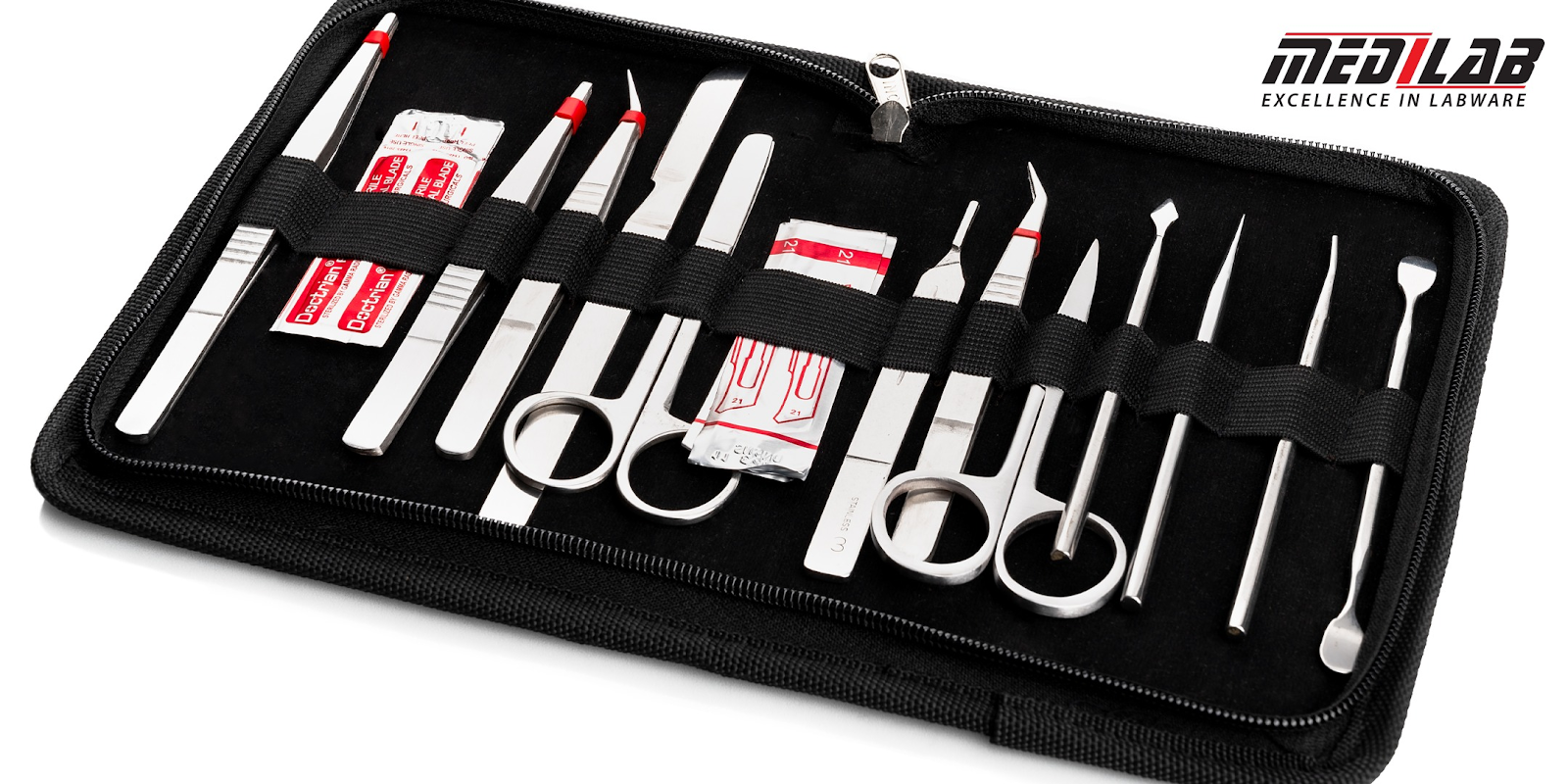Mastering Measurements Guide to Volumetric Flask Sizes for Every Task
Whether you're a seasoned scientist or a budding enthusiast, navigating the world of laboratory equipment can be daunting. Among the essential tools in any lab, the humble volumetric flask stands out for its precision and versatility. But with a range of sizes available, choosing the right one can feel like a puzzle. Fear not, curious minds! This comprehensive guide will delve into the fascinating world of volumetric flask sizes, empowering you to select the perfect tool for your experiments.
The Mighty Flask: Understanding Its Purpose
At its core, a volumetric flask is a pear-shaped glass container with a narrow neck and a calibrated line etched onto its body. This line marks the exact volume the flask is designed to hold when filled to the brim. This precise measurement makes it ideal for preparing solutions with specific concentrations, ensuring consistency and accuracy in your experiments.
A Spectrum of Sizes: Catering to Diverse Needs
Volumetric flasks come in a magnificent array of sizes, ranging from a minuscule 1 milliliter (mL) to a whopping 5 liters (L). This vast selection caters to various scientific disciplines and experiment requirements. Let's explore some common sizes and their applications:
Microliter Marvels (1 – 25 mL): Perfect for meticulous work in fields like biochemistry and microbiology, these tiny flasks measure minute volumes with exceptional precision. Imagine studying the intricate workings of a single cell or crafting a powerful enzyme solution – these diminutive heroes play a crucial role.
Milliliter Mainstays (50 – 250 mL): Workhorses of the laboratory, these mid-range flasks are well-suited for preparing standard solutions, performing titrations, and conducting general analyses. From crafting buffer solutions for protein purification to quantifying the sugar content in fruits, their versatility is unmatched.
Liter Leaguers (500 mL – 5 L): When dealing with larger volumes, these flasks step up to the challenge. Imagine brewing liters of cell culture media for large-scale experiments or preparing bulk solutions for environmental analysis – these titans are essential for scaling up your research endeavors.
Beyond Size: Additional Features to Consider
While size is crucial, other factors come into play when choosing the right volumetric flask:
Material: Borosilicate glass is the preferred choice for its heat resistance and chemical inertness. However, plastic flasks offer lightweight portability and affordability for less demanding tasks.
Stoppers: Ground-glass stoppers provide the tightest seal, while polypropylene stoppers offer convenience and affordability. Consider the required level of air and moisture protection for your experiment.
Calibration Class: Flasks are classified based on their accuracy level. Class A flasks offer the highest precision for critical measurements, while Class B flasks are suitable for routine applications.
Medilab Exports Consortium: Your Partner in Precision
When it comes to quality and reliability, Medilab Exports Consortium stands tall. They offer a comprehensive range of volumetric flasks in various sizes, materials, and calibration classes, ensuring you find the perfect match for your specific needs. Their commitment to quality extends beyond products, with exceptional customer service and technical support readily available.
Choosing Your Flask: Experiment with Confidence
Remember, the ideal volumetric flask size depends on the volume of your solution, the required accuracy, and the specific demands of your experiment. With this newfound knowledge and the wide selection offered by Medilab Exports Consortium, you're empowered to choose the perfect flask and embark on your scientific journey with confidence!
Additional Tips:
Consult your experiment protocol or instructor for specific size recommendations.
Invest in quality flasks from reputable brands like Medilab Exports Consortium for optimal accuracy and durability.
Regularly clean and maintain your flasks to ensure their continued accuracy and prevent contamination.
By understanding the different volumetric flask sizes and their applications, you'll be well on your way to mastering measurements and conducting successful experiments. So, delve into the world of scientific exploration with confidence, knowing you have the right tools at your fingertips!


Comments
Post a Comment